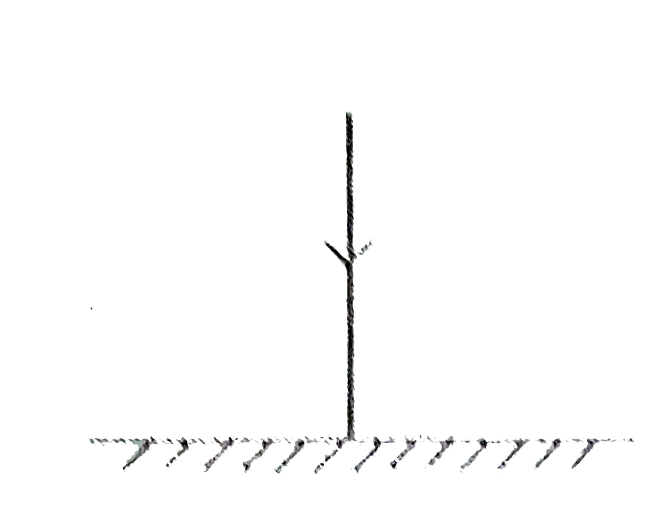What happens to a light ray that is incident on a plane mirror normally?
When a light ray is incident on a plane mirror normally, the angle of incidence ∠i=0.
According to the laws of reflection, ∠i=∠r.
So, the angle of reflection also must be zero. The reflected ray must travel along the same path in the opposite direction.

Topper's Solved these Questions
- LIGHTBOOK - PEARSON IIT JEE FOUNDATIONCHAPTER - LIGHTEXERCISE - VERY SHORT ANSWER TYPE QUESTIONS
52 Videos
- LIGHTBOOK - PEARSON IIT JEE FOUNDATIONCHAPTER - LIGHTEXERCISE - SHORT ANSWER TYPE QUESTIONS
13 Videos
- KINEMATICSBOOK - PEARSON IIT JEE FOUNDATIONCHAPTER - KINEMATICSEXERCISE - ASSESSMENT TEST (TEST 2 (SELECT THE CORRECT ALTERNATIVE)
15 Videos
- MACHINES AND TOOLSBOOK - PEARSON IIT JEE FOUNDATIONCHAPTER - MACHINES AND TOOLSEXERCISE - CONCEPT APPLICATION (LEVEL 2)
12 Videos
Similar Questions
Knowledge Check
What will be the deviation produced when a ray of light is incident on a plane mirror at an angle of incidence 60∘?
A30∘B90∘C60∘D120∘The angle of incident of a light rays incidents on the surface of a plane mirror is 30∘ . The angle of deviation is
A120∘B30∘C60∘D90∘The angle of incident of a light rays incidents on the surface of a plane mirror is 30∘. The angle of deviation is
A120∘B30∘C60∘D90∘
State using a neat diagram, what happens to the path of light
when light ray is incident normally at the boundary between two media.
View SolutionA ray of light is incident on a plane mirror placed horizontally. When the mirror is rotated through an angle 30∘ the reflected ray is found to be directed along the vertical. Determine the angle of incidence at the initial position of the mirror.
View SolutionBy what angle the mirror must be rotated such that the reflected ray becomes vertical. Let the light ray incident on the plane mirror with an angle of incidence theta with respect to horizontal
View SolutionA light ray is incident normally on a plane mirror. The angle of reflection will be
View SolutionIf a ray of light is incident on a plane mirror at an angle of incidence of 30∘, then deviation produced by the mirror is
View Solution
